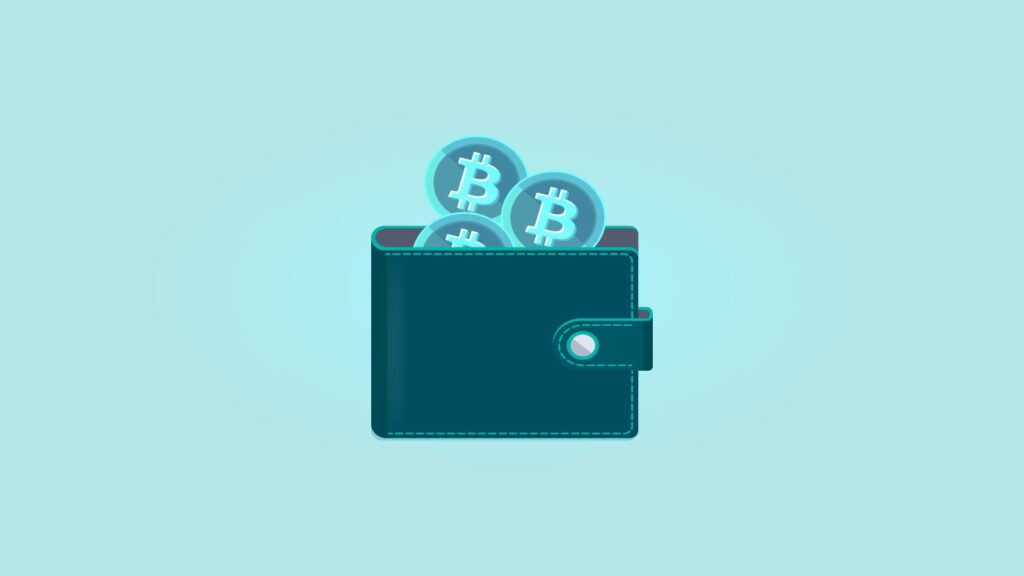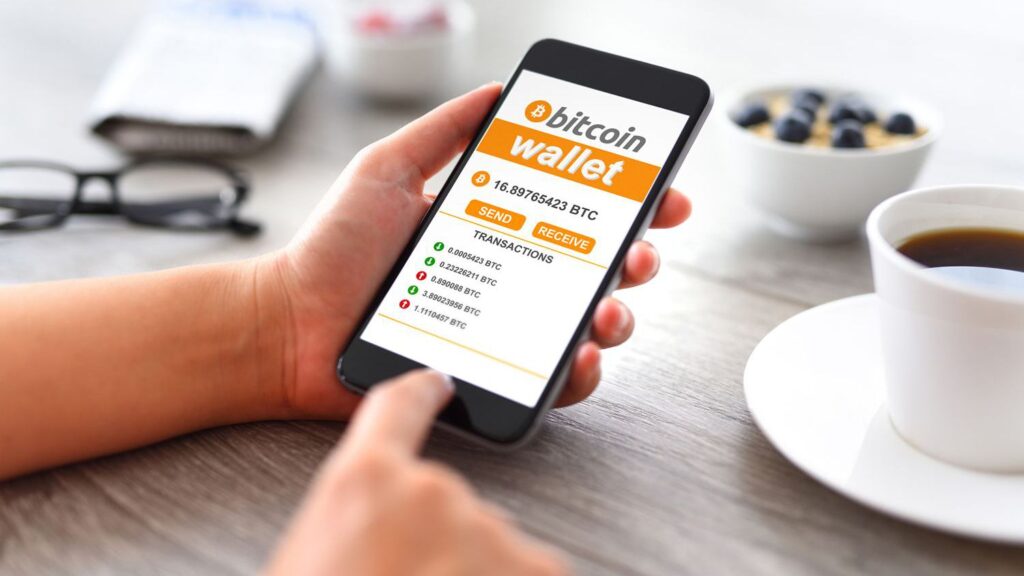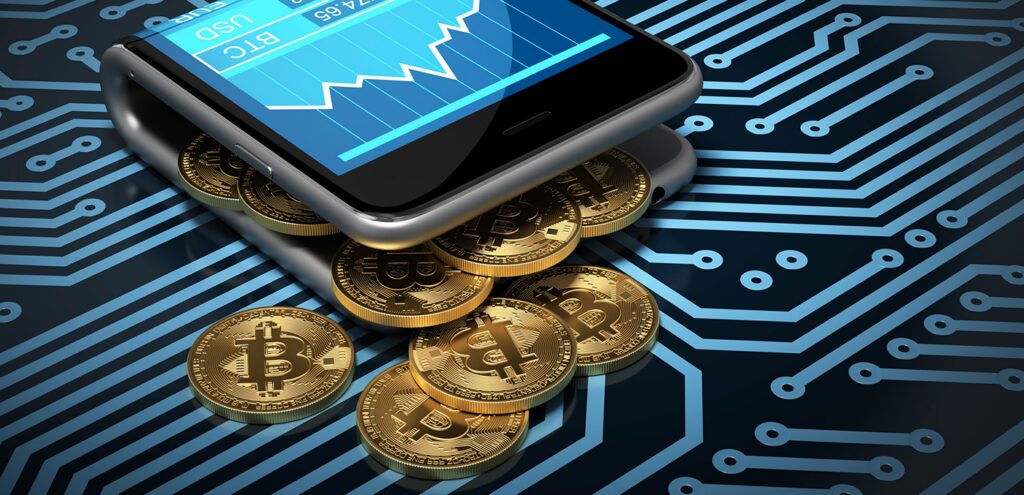Are you interested in learning the fundamentals of cryptocurrencies and blockchain technology? If that’s the case, one of the first things you should learn about is the function of a cryptocurrency wallet.
Are you ready to begin? In this post, you’ll learn what a cryptocurrency wallet is, how they function, how to use the cryptocurrency wallet for sending and receiving cryptocurrency, and other crucial cryptocurrency security recommendations that can help you keep your money safe.
What is a Crypto Wallet?

img source: veriff.com
A crypto wallet is essential for anyone who wants to own, trade, or manage cryptocurrency. A crypto wallet, as the name implies, is a place where you may store, access, and manage the crypto you hold. Although there are several major differences, some people prefer to think of it as a bank account.
If you are looking for a trading software, visit bitcoinprofitpro.com/pt/login.
What are the functions of cryptocurrency wallets?
Crypto wallets are used to store, send, and receive cryptocurrencies, unlike cryptocurrency exchanges, which allow users to purchase and sell cryptocurrencies with real money or currencies like USD and EUR (some crypto wallets may have in-built exchanges for conversion of cryptocurrencies to real money and vice versa).
When you purchase a cryptocurrency on an exchange, it is automatically kept in your account. However, storing bitcoins in the exchange’s wallet is not suggested because the exchange would possess your private key rather than you.
As a result, you can move it to your own crypto wallet to take ownership of the coins you own. To do so, first, create a public key and a private key in your wallet, then use this public key address to move your cryptocurrency from the exchange to your wallet. After that, you may quickly conduct transactions and send cryptocurrency to other accounts using their public keys, as well as receive cryptocurrencies by sharing your public key with the sender.
The public key functions similarly to an email address which serves as an identification for a particular account. The private key, on the other hand, will function as a password for your personal email account. Because private keys are used to obtain access to your cryptocurrency, it is critical to maintaining them safe and hidden in order to avoid hacking, theft, and other threats.
How do you send and receive money with a Bitcoin wallet?

img source: investopedia.com
It is currently extremely simple to send and receive cryptocurrency. Once you’ve set up your wallet, you’ll only need two things: the cryptocurrency you wish to transfer (if you’re the sender) and the recipient’s wallet address (or your own if you’re the receiver). While the interface of different types of crypto wallets may alter, the essential method remains the same.
When a transaction is completed, the sender transfers ownership of the coins involved to the receiver, who subsequently receives them in their wallet. The receiver’s wallet balance will then rise, while the sender’s wallet balance will fall, just like a regular bank transfer.
The transaction is permanently recorded on the blockchain and cannot be modified or reversed. This is what makes blockchain a permanent, immutable database that records every cryptocurrency transaction ever made.
The Different Types of Cryptocurrency Wallets
Hot wallets and cold wallets are the two types of cryptocurrency wallets. The key distinction between these two types is that hot wallets are online or connected to the internet, while cold wallets keep data in an offline state. These wallets can then be classified into the following groups:
- Desktop Wallets (Hot Wallet)
- Mobile Wallets (Hot Wallet)
- Web Wallets (Hot Wallet)
- Paper Wallets (Cold Wallet)
- Hardware Wallets (Cold Wallet)
Is it Safe to Store Cryptocurrency in a Wallet?

img source: 4irelabs.com
Cryptocurrency wallets are designed to be secure. However, the level of protection varies for each wallet. The security of your wallet, like that of your usernames and passwords, is mainly dependent on you following best practices.
It is recommended to keep no more money in a single wallet than you need at any given time, utilizing Google Authenticator for added security, encrypting your wallet, and using an official wallet (or officially endorsed wallet). Multi-signature transactions are also an option.
It’s a good idea to back up and encrypt your wallet and private keys. To ensure that you have a “hard copy” hanging around, at least one backup should be on a CD or thumb drive. You lose the currency associated with your wallet or keys if you lose the device on which they are stored!
Here are some more suggestions for keeping your cash and wallet safe.
- There are malwares designed to exploit anyone ready to download and install unapproved software from the internet. Never put your trust in mining or wallet software from a source you don’t know and trust. Start with tried-and-tested options like the ones described above, then progress to other wallets once you’ve figured out what you’re doing.
- Always use a strong password and any other security precautions that are available. If you can utilize two-factor authentication (for example, through Google Authenticator), do so!
- Never give your wallet password, seed, PIN, or private key to anyone, and keep them safe (and ideally offline). You simply need to reveal your public wallet address (your “public key”) to send and receive bitcoin.
- When possible, access your wallet offline. Also, your password, seed, or private key should never be entered anywhere other than your wallet or the secure location where you keep your password.
Are Cryptocurrency Wallets Confidential?
The response is similar to the question of whether or not bitcoin is anonymous. Cryptocurrency is “pseudonymous,” as the name implies. Because transaction blockchain ledgers are open-source and public, there are small amounts of public data that can be utilized to reverse engineer someone’s identity (in theory).
Conclusion
Using blockchain networks, crypto wallets allow you to send and receive money. Each wallet type (hot or cold) has its own set of benefits and drawbacks, so it’s critical to understand how they work before transferring money.



